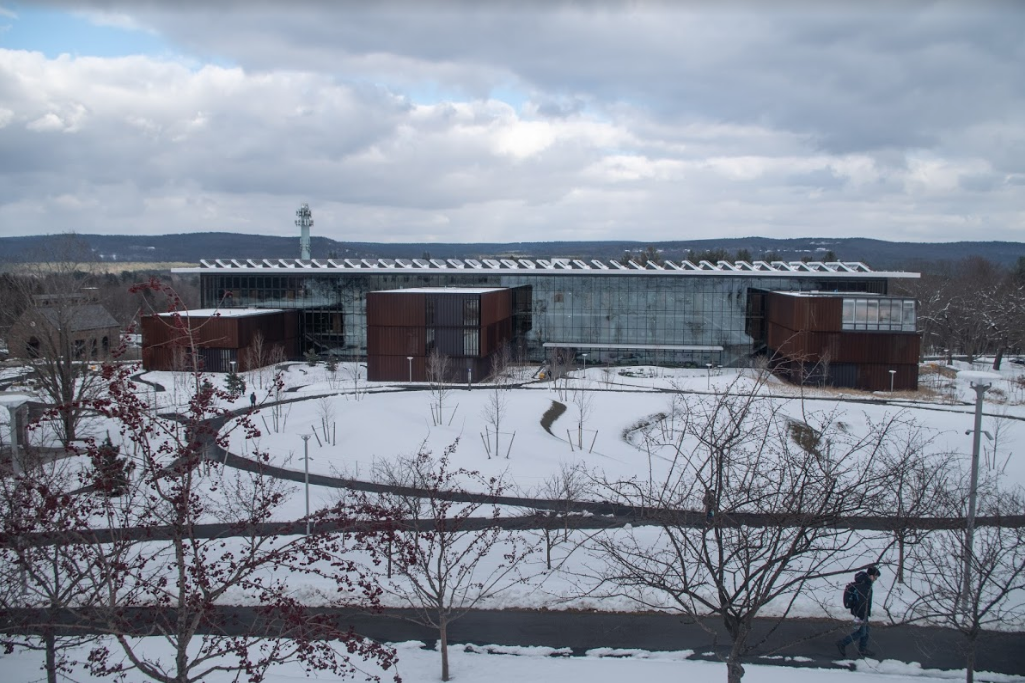Science Center Experiences Electricity Outage

On Feb. 27 at 7:15 p.m., the main transformer in the Science Center suffered a short circuit, causing a building-wide power disruption that lasted for just under one day. The transformer, which reduces high-voltage utility power to a usable low-voltage power, was replaced with a temporary transformer on Feb. 28 at 5:00 p.m., ending the disruption and returning systems to normal.
Because the Science Center switched to electricity from a backup generator in the period of the outage, many of the less essential electrical loads were unpowered, causing difficulties in daily operations. However, Jess Martin, the administrative director of the Science Center, noted that they were largely effective in their response and mitigated most major impacts where possible.
“For the most part, I think there wasn’t too much of a negative impact on classes. People got creative in teaching labs with extension cords to standby power outlets,” she said. “I felt like people were in a very productive, constructive mood. Overall, people took it in stride.”
Though the outage did have some negative impact on research, Martin said it was fairly manageable. “There was a fridge in the biochem lab that was plugged into a regular outlet, so it defrosted. That impacts the samples that were in the fridge, but they were optimistic that they were able to recover them,” she said. “It’ll take a few weeks to fully assess if there have been any damages, but so far, that was the worst.”
As of March 6, the source of the short circuit remains unknown. According to Chief of Campus Operations Jim Brassord, the college hired an electrical testing agency to uncover the exact cause, an ongoing task that began in the days following the disruption.
Although the investigation has yet to yield any results, Brassord was confident that the fault lies with the transformer itself, as opposed to any external infrastructure surrounding it. “Transformers typically last for decades. They’re designed to last for a long time,” he said. “This one has operated for about 10 months. This would be an early-life failure of a transformer, which is potentially indicative of a manufacturing issue.”
Brassord acknowledged the possibility of a similar failure, but noted that it is very unlikely. “Transformers are very reliable devices. The failure rate for transformers is exceedingly low. So, while we don’t expect similar failures to occur, there’s always a very remote probability,” said Brassord. “To put things in perspective, in my over 20 years at the college, we have not had a similar failure.”
Aly Fleisher ’22, who was at the Science Center when the transformer short-circuited, did not think too much of the disruption.
“My friend was taking a physics test [when the transformer failed], and I heard people screaming from the testing room when the power went out in the Science Center,” she said. “But it was brief. The lights blinked out for two or three seconds, and then the emergency lights came on.”
For Martin and Brassord, the disruption provides an opportunity to create an even more resilient system in the case of future outages.
“We’re capitalizing on this moment. People know where the pain points are now, so we might as well do what we can to do any course corrections,” said Martin. “From every issue that comes up, whether it’s the Wi-Fi outage or this, we should see what we can learn from it immediately after, and see what we can correct. And everybody’s ready to learn.”





Comments ()